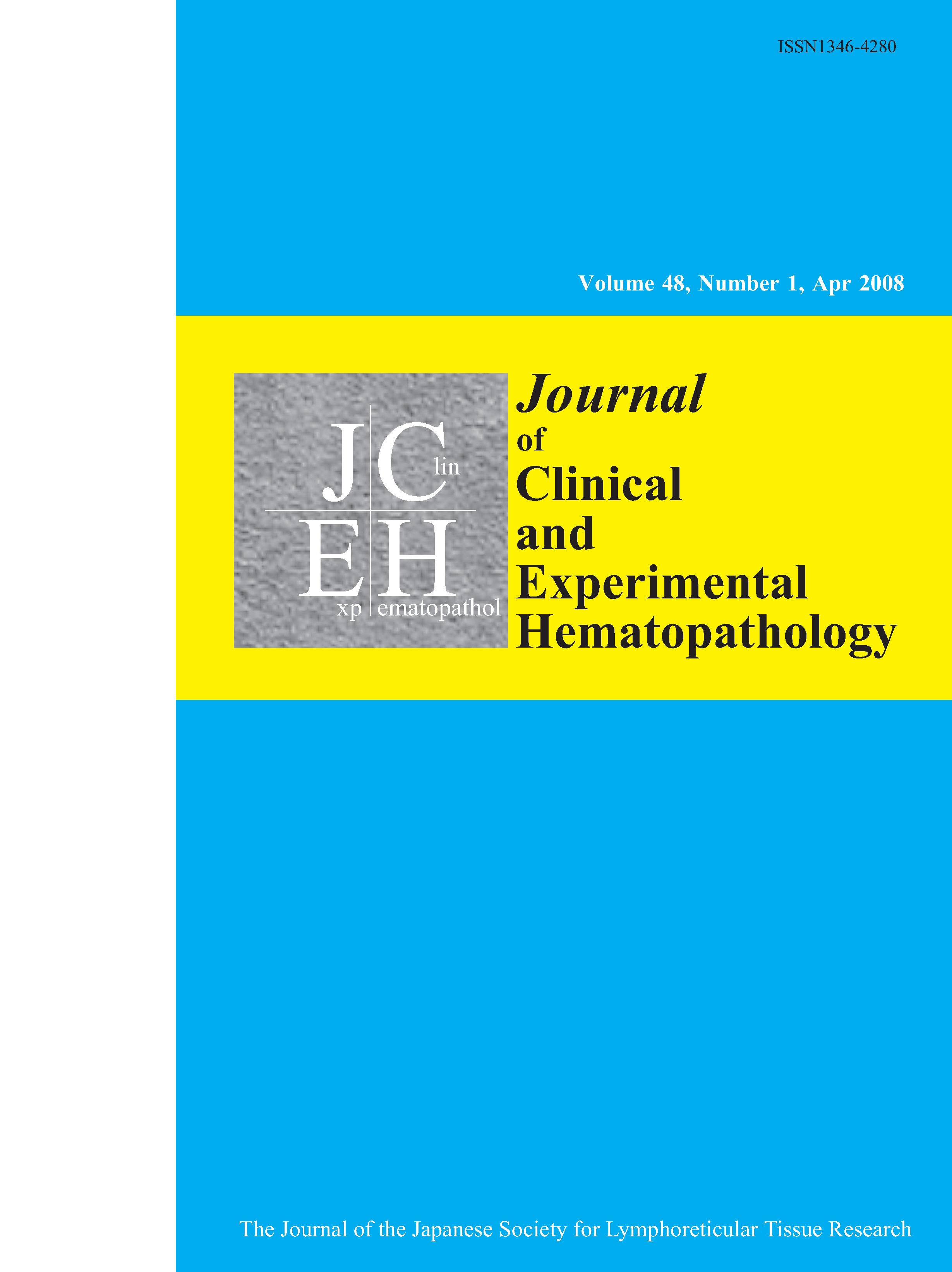62 巻, 2 号
選択された号の論文の9件中1~9を表示しています
- |<
- <
- 1
- >
- >|
Commentary
-
2022 年 62 巻 2 号 p. 58-59
発行日: 2022年
公開日: 2022/06/28
PDF形式でダウンロード (1554K)
Review Article
-
2022 年 62 巻 2 号 p. 60-72
発行日: 2022年
公開日: 2022/06/28
[早期公開] 公開日: 2022/04/27PDF形式でダウンロード (7036K) -
2022 年 62 巻 2 号 p. 73-78
発行日: 2022年
公開日: 2022/06/28
[早期公開] 公開日: 2022/04/27PDF形式でダウンロード (1039K) -
2022 年 62 巻 2 号 p. 79-84
発行日: 2022年
公開日: 2022/06/28
PDF形式でダウンロード (2362K) -
2022 年 62 巻 2 号 p. 85-90
発行日: 2022年
公開日: 2022/06/28
PDF形式でダウンロード (2026K)
Original Article
-
2022 年 62 巻 2 号 p. 91-98
発行日: 2022年
公開日: 2022/06/28
[早期公開] 公開日: 2022/02/12PDF形式でダウンロード (1969K) -
2022 年 62 巻 2 号 p. 99-105
発行日: 2022年
公開日: 2022/06/28
[早期公開] 公開日: 2022/03/05PDF形式でダウンロード (2262K)
Case report
-
2022 年 62 巻 2 号 p. 106-113
発行日: 2022年
公開日: 2022/06/28
[早期公開] 公開日: 2022/04/27PDF形式でダウンロード (2763K) -
2022 年 62 巻 2 号 p. 114-118
発行日: 2022年
公開日: 2022/06/28
[早期公開] 公開日: 2022/04/27PDF形式でダウンロード (8940K)
- |<
- <
- 1
- >
- >|
